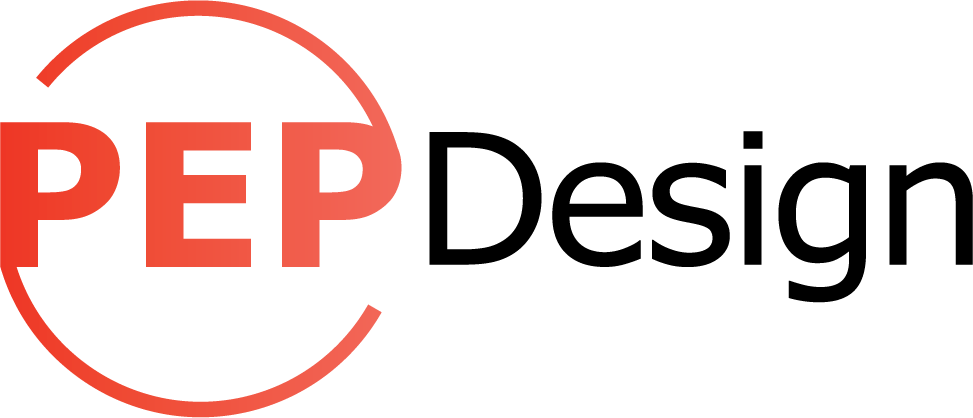Sorry machine shops. More and more our customers are discovering that 3D printed parts can be used for fixturing. Typically these fixtures are used for assembly, testing, and even drilling/cutting.
Where are 3D printed fixtures used?
Applications include:
ASSEMBLY FIXTURES hold cases in alignment while screws are put in place. 3D printing makes sense in these scenarios because they can be quickly customized and made.
SOLDERING FIXTURES are often made when a component needs to be hand soldered to a specific height or location. Of course heat is a consideration for the fixturing application if a thermoplastic 3D printing technology is used.
GLUING FIXTURES can hold parts in a specific orientation while they are bonded together by adhesive or solvent. Often only one or two fixtures need to be built and are used to prove out the process which is a perfect fit for this technology.
DRILLING FIXTURES can be made which allow a low tech drill press to accurately drill holes. A hardened drill busing can even be used to greatly extend the life of the drilling fixture.
When to 3D print
3D printing works in these applications because often they are used at room temperature and low stress, so a 3D-printed part is of adequate strength. The fixturing parts can often be made faster and for less money than a machining process. Parts can be made thin walled that are mostly hollow to save weight and cost. Additionally, strange, hard, or impossible to machine geometries can be made at no cost difference.
Also, 3D printing allows fixturing to be consumable. If needed for a few runs or in a short period of time, parts can be printed overnight instead of waiting 2 weeks for a typical machine shop lead time. Additionally, if the fixtures are used longer than expected, just have another one printed to replace the worn one.
When not to 3D print
The attractiveness of 3D printed fixtures falls down at a certain part size and volume. Once the parts get large, the cost of the process starts to become a hindrance. Also the low strength of plastic parts becomes a problem with large fixtures compared with aluminum or steel. And of course for high precision, temperatures, and forces, machined metal parts will be the obvious choice. It is possible to make metal fixture parts using direct metal laser sintering (DLMS) if they are small. The current cost of DMLS is very high and will only work out in special situations.
The bottom line
As with all new technologies and techniques, 3D printing will not solve all problems and replace all current methods. Machine shops don’t need to start looking for a new line of work just yet, but money-smart and time-sensitive manufacturers should investigate if fixturing they would have traditionally machined should be made in 3D printers.
Pongratz Engineering is a Complete Product Design and Development Company. Do you have questions about 3D printed fixtures or 3D printing in general? Contact us, email (info@pongratzengineering.com), or call (612-384-0122) and we’ll answer them for you.
Related posts:

